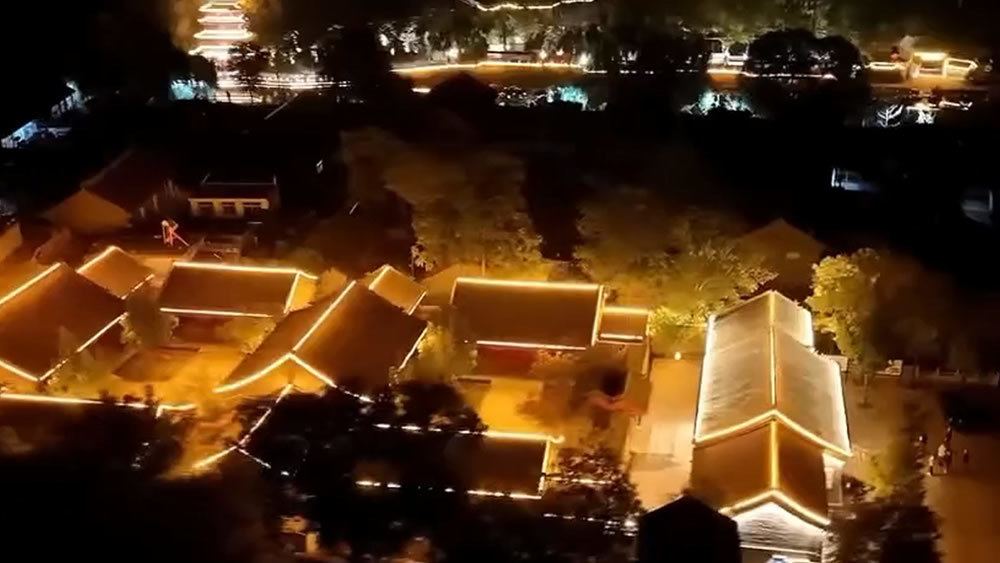Folk culture

1. Korean Paper
In Qian’an City, Hebei Province, the folk handicraft, Korean Paper, has been passed down, and the papermaking technology invented by Cai Lun in the Eastern Han Dynasty is still being used, which is known as a living fossil of ancient Chinese papermaking technology.
The papermaking industry of Qian’an started in Han Dynasty, prospered in Ming Dynasty, and culminated in the late Qing Dynasty when Li Xianting gradually improved it. The calligraphic paper and Korean paper of Qian’an has earned its fame at home and abroad, and rivaled the rice paper of south in late 1980s.
2. Shadow Puppet Carving of Qian’an
Being exquisitely designed and well crafted, the shadow puppets of Qian’an are carved by applying traditional skills and represent a perfect combination of carving and painting art forms. The puppets they make are characterized by eye-catching appearance, exaggerated image, exquisite carving details, fine texture, bright color, and the inclusion of both the upper class and the lower class.
Qian’an shadow puppets set themselves apart from those produced in other regions for their forceful and robust noses and eyebrows that blend in both masculine and feminine features, creating a unique face mask for shadow puppetry. Qian’an shadow puppets are featured with full-bodied layout, elegant design, complicated pattern, and exquisite cuts. Every detail is embodying the subtle carving technique.
In addition, the puppet making is still done in family workshops in Qian’an. The puppet making skill is passed down along a clear family tree, which is rarely seen in the entire Tangshan where the shadow puppetry is popular.
3. Yangko Dance
Many villages in Qian’an still reserve the customs of stilt walk and Yangko dance. This custom was passed into Qian’an in Qing Dynasty, with a history of more than 3000 years. Early troupes include the “West Triumph Troupe” in Jianchang Campus, the “Harvest and Peace Troupe” in Jilan Village, and the “Taiping Troupe” in Xishaijia Mountain. Yangko operas that have been known for long include Fish Catching, the Butterfly Catching, the Top Light, etc. There are also new operas invented. Most of them are played by folk bands and accompanied by gongs and Suona horns. Tunes include the General Order, the Sentence Pair, the Lady Liu, and some tunes are borrowed from new songs.
4. Dragon Lantern
Born in the Guangxu Reign of Qing Dynasty, Qian’an dragon lanterns are divided into single-dragon type and double-dragon type. A single-dragon lantern is 15-meter long and has 9 knots or 12 knots, while a double-dragon lantern is 8-meter long and has 5 knots or 9 knots. A lantern is lit up in each knot. The “Six Dragon Troupe” in Tangxin Village has made a dragon lantern which is 40-meter long and has 12 knots, surpassing all others in the county. Dragon dance operas include the Havoc of Sea, the Jump Through Dragon Gate, the Turn Over, the Skin Peeling, and the Golden Dragon on Pillar, etc.
5. Land Boat
The land boat custom of Qian’an originated in the Qianlong Reign of Qing Dynasty, most coming from Jianchang Campus, City Gate, and Chenguan Campus. There are “dual boats for two persons” or “dual boats for one person”. Usually two boats are lined in parallel during the show to facilitate communication, and the show is accompanied by Suona horns.



